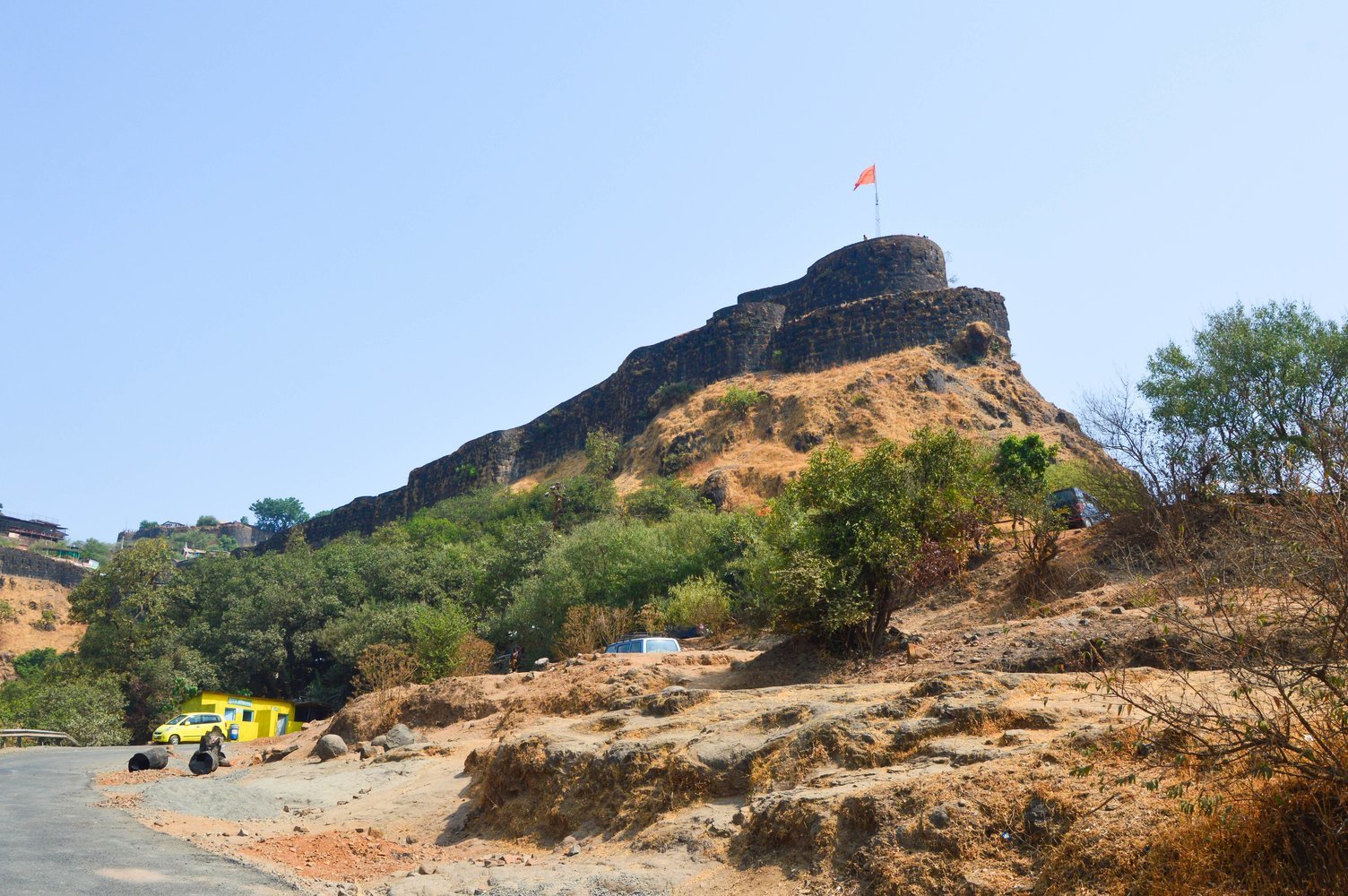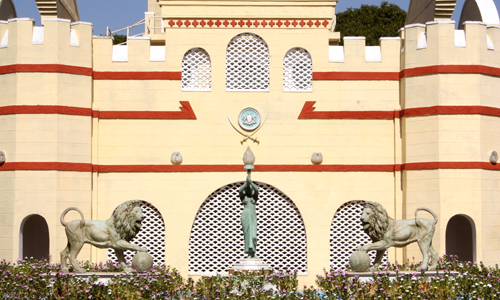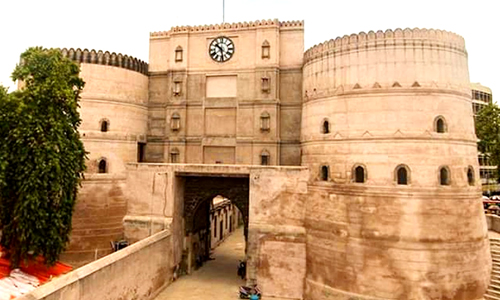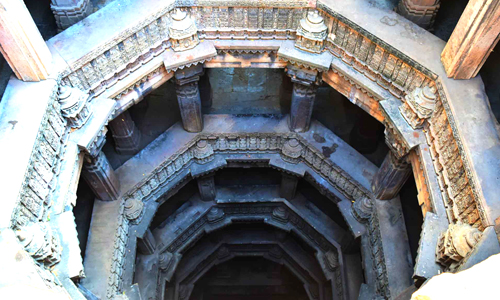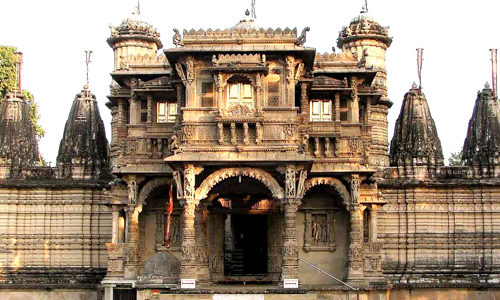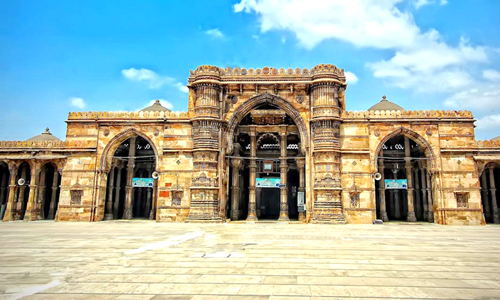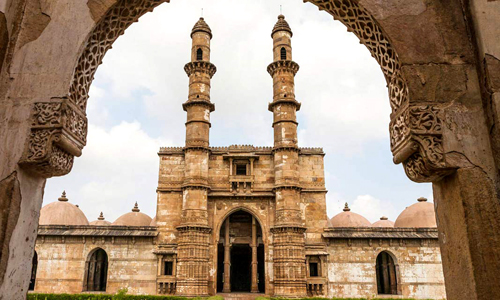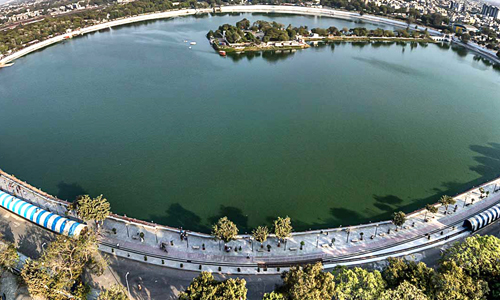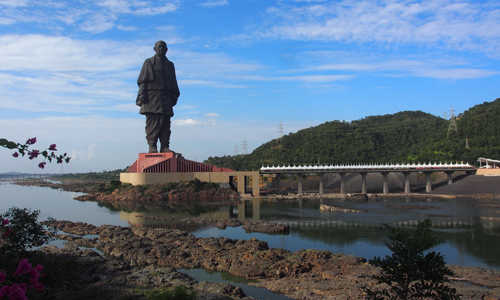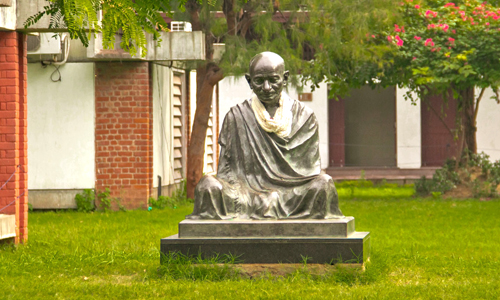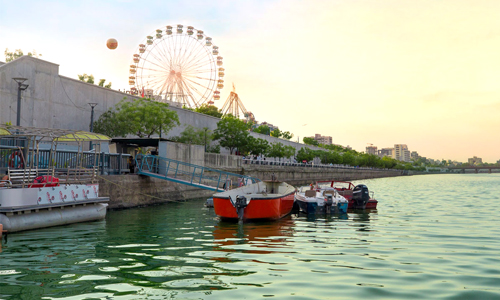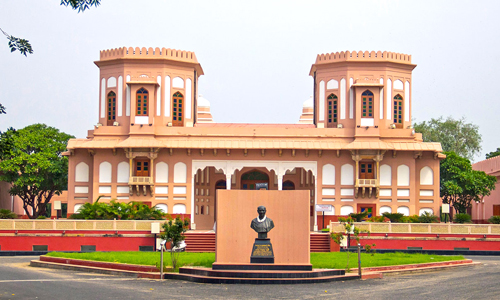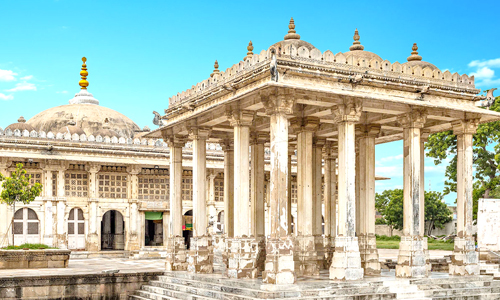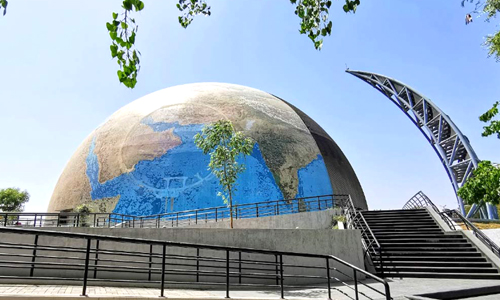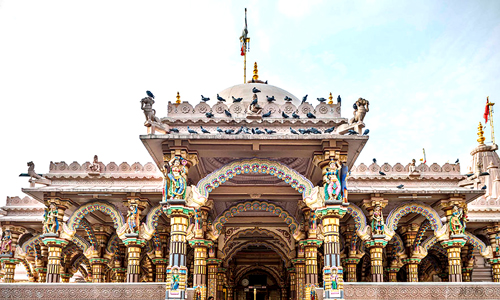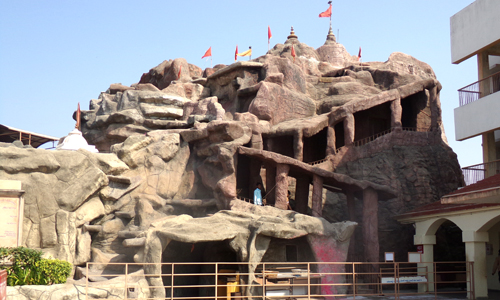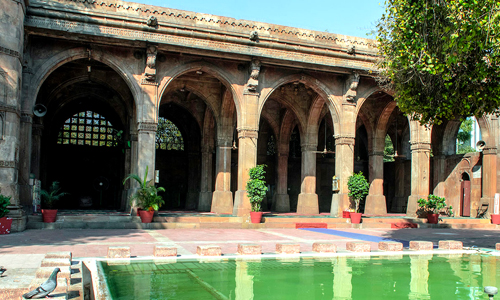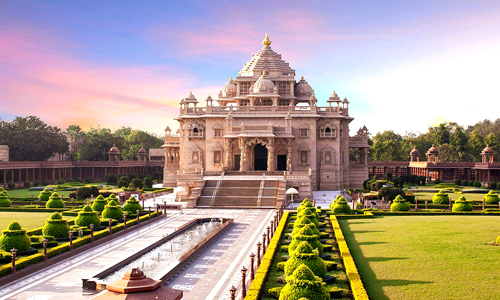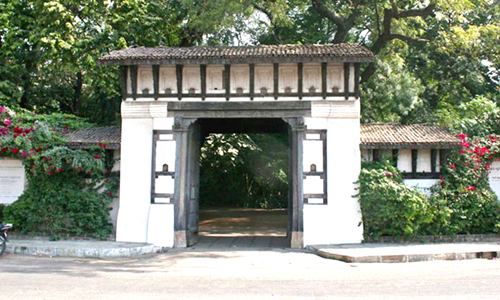Adalaj Stepwell was very popular because it provided water for drinking and other household requirements. They are famous as vav in Gujarati and Baoli in Rajasthani and are particularly popular in Gujarat's semi-arid regions.
The Adalaj Water Festival drew many guests who came to see the beautiful performances by prominent musicians. Among Ahmedabad's tourist places, the Adalaj Stepwell is highly popular.
History
Stepwells or stepped ponds were typically constructed in semi-arid sections of the country, particularly along trade routes. These architectural features were frequently used to retain monsoon rainfall and as a resting area for pilgrims and traders passing through the course.
Adalaj Step Well, an essential element of Ahmedabad's history, was commissioned in 1498 by Queen Rudabai, the wife of the Vaghela dynasty's Rana Veer Singh. He ruled over a little kingdom known as Dandai Desh.
Legends suggest that King Rana Veer Singh built a stepwell to address water shortages in the kingdom. However, he died in a battle with Sultan Mahmud Begada. Begada fell in love with Queen Rudabai, who agreed to marry her but fell into the well.
Mahmud Begada ordered the killing of six masons involved in the construction of the stepwell, resulting in an inscription stating the cost of construction was around five lakhs.
What is Adalaj Stepwell famous for?
It features three entrances that lead to a platform supported by 16 pillars. All three stairway entrances converge underneath on a platform with an octagonal top. The Shrines have carvings into the corners of all 16 venues. The Ahmedabad tour package must include the stepwell.
Is Adalaj Step Well worth visiting?
The Adalaj stepwell is by far the most famous of Ahmedabad's Vavs. Even when you arrive at the airport, the entire arrival hall's design is in the style of this stepwell! Two Vavs in Ahmedabad have survived and are now under protection as tourist attractions by the Archaeological Survey of India.
How many steps are there in Adalaj Stepwell?
The stepwell has access via three entrance stairs. A stunning example of Indo-Islamic architectural style and architecture comprises a magnificent pot. It contains the water of life, known as the Ami Khumbor, and the tree of life, known as the Kalpavriksha. Both sculptures are made from a single stone.


